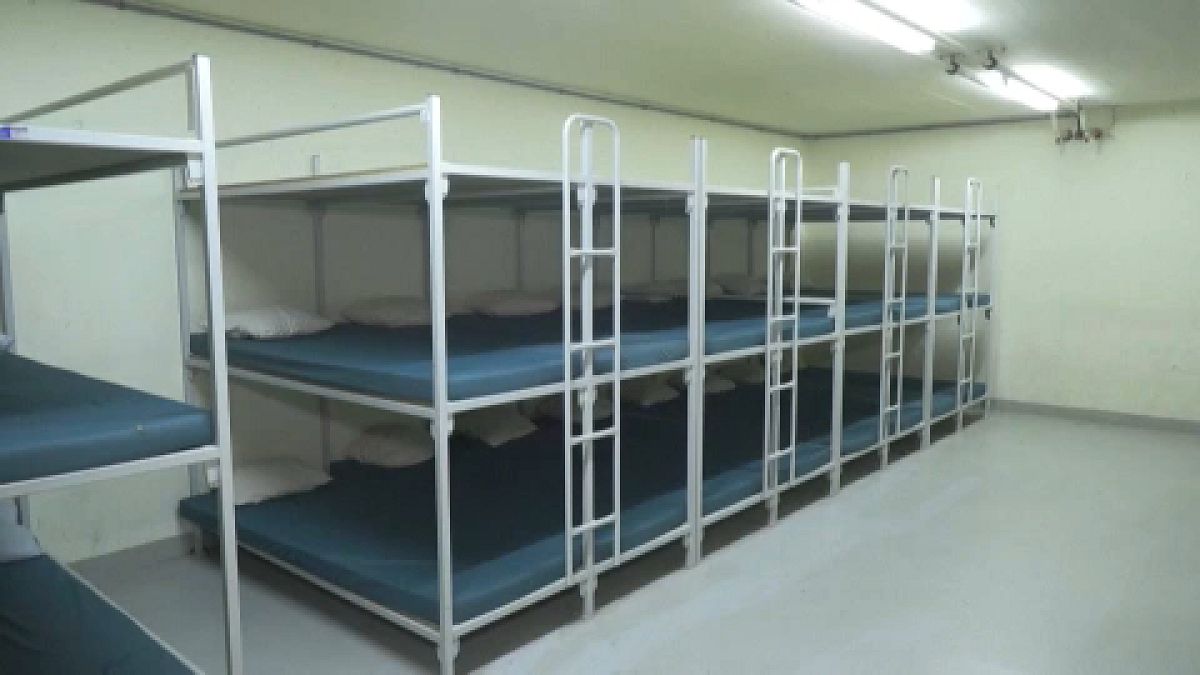Russia's invasion of Ukraine has reawakened interest in Switzerland's concrete nuclear fallout shelters, built during the Cold War with enough space to shelter everyone in the country.
Russia's invasion of Ukraine has reawakened interest in Switzerland's concrete nuclear fallout shelters, built during the Cold War with enough space to shelter everyone in the country.
Since the 1960s, every Swiss municipality has had to build nuclear bunkers for their residents - and they’re mandatory in large homes and residential buildings.
"I think this shelter system makes sense,” says Marie-Claude Noth-Ecoeur, who heads civil and military security services in the mountainous southern Wallis region.
"We remember the problems that occurred at Fukushima because there was a time when the Federal Chambers wanted to remove shelters but then Fukushima happened. We realise that there are nuclear power plants in Switzerland and in Europe. So yes, this is useful, it was designed for that and I think we must keep them, at least with what is happening in the world, we must keep them in a state of readiness."
The shelters have become an integral part of the Swiss identity, on par with the country's famous chocolate, banks and watches.
In recent times the underground spaces have often been used for storage or as well-protected wine cellars. But they are being viewed in a new light since the war.
"People are discovering that Ukraine is very nearby," says Noth-Ecoeur, who heads civil and military security services in the mountainous southern Wallis region.
The wealthy Alpine country has pledged that each and every resident will have a shelter space if needed. The country of 8.6 million people counts nearly nine million spaces across 365,000 private and public shelters.
But while there are more than enough spots at a national level, there are vast regional differences. Geneva is worst off, with only enough places for 75 per cent of its population.
Nicola Squillaci, head of Geneva's civil protection and military affairs division, said the shelters were conceived to provide protection ", especially in the case of a bombing and a nuclear attack".
Ducking into a private shelter for around 150 people, underneath a brand new residential building in the Geneva suburb of Meyrin, Squillaci pointed out how, in peacetime, it was equipped with basement storage units for the apartment dwellers above.
But unlike most storage facilities, this one comes with composting toilets, kits for quickly assembling beds, and a ventilation system that filters the air coming in from the outside.
"It is like a capsule, with airlocks on emergency exits and main exits," Squillaci said. "If the building were to collapse, the shelter would remain intact."
Switzerland's vast network of nuclear bunkers have a range of other day-to-day uses, including as military barracks or as temporary accommodation for asylum seekers.
But Swiss authorities require that they can be emptied and reverted back to nuclear shelters within five days.
